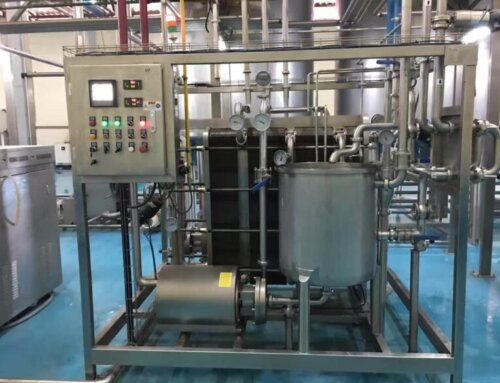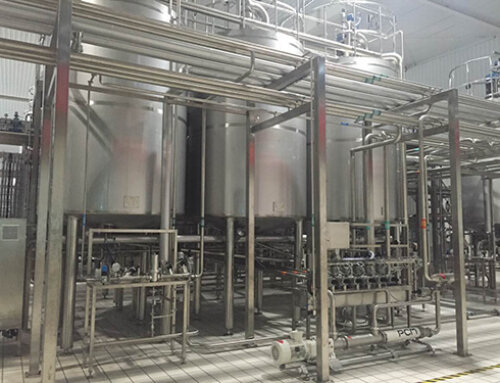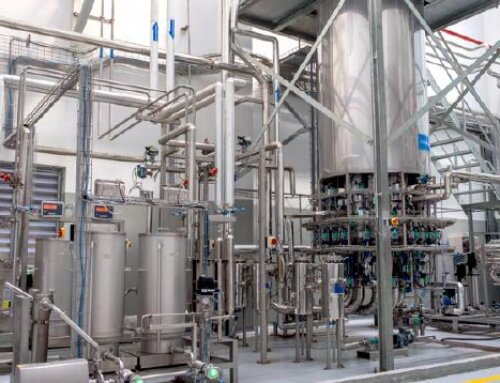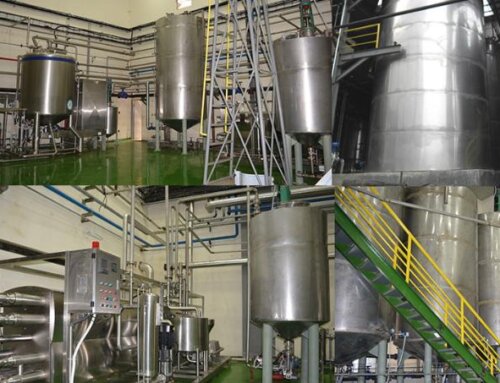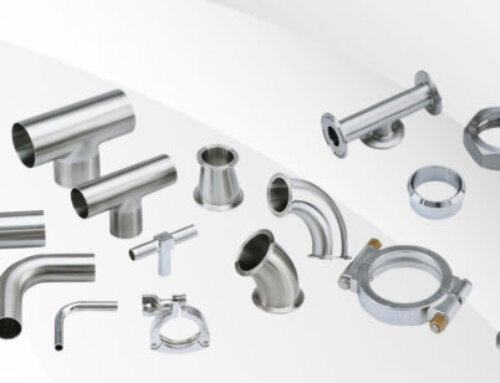Fruit Processing Waste and By-Products Introduction
The aim of fruit processing is to transform fresh fruits into preserved human consumable products, the selection and elimination of components unsuitable for human consumption can lead to by-products and wastes. In general, the majority (60–65%) of food industry by-products become waste and a burden to the environment in the world. There is no big distinction between fruit waste and fruit by-product, the by-product from one process/product can be a secondary raw material for another producer, apple processing is a good example of this, although apple products such as canned apples, apple juice, etc., are finished products, apple peel and pomace can be important secondary raw materials for production of pectin as a by-product of these processes. Further fruit processing waste and by-products can transfer their valuable compounds into new products:
- Pectin from fruit pomace.
- Aromas and coloring agents from fruit waste.
- Oils from seeds.
- Tartaric acid from fruit wine.
- Peels or seeds for the animal food.
In order to meet environmental requirements, modern fruit processing plants should minimize the amount of by-products and waste, decrease energy utilization, and produce high-quality foodstuffs without polluting the environment.
Fruit Processing Waste and By-Products Main Type
The processing of fruits produces two types of waste: solid waste( peel/skin, seeds, and fruit stones)and liquid waste( juice and wash water). Careless handling and disposal of wastes can attract flies and rodents in the processing facilities. If there is no plan to use the waste products, they should be buried or disposed off as animal feed.
In fruit solid waste utilization, one major concern is microbiological quality. This means that one should process waste products on the same day as they become available. It is not advisable to store wastes until the end of the week’s production before processing them. Even with this precaution, the wastes being used will most likely contain moldy fruit (discarded during processing), insects, leaves, stems, soils, etc. This will contaminate any products derived from such wastes. Therefore, some preliminary separation is needed during processing, such as the following:
- Peel and waste pulp in one bin.
- Moldy parts, leaves, soil, etc., in a second bin, which may be discarded.
- Stones, seeds, etc., in a third bin.
The six main products from fruit wastes are as follows: Fruit peel; Oils; Pectin; Enzymes; Wine/vinegar; Fruit fibers, coloring agents, gelling agents.
Fruit peel
Peels of pomegranates and citrus fruits (orange, lemon, and grapefruit) are commercial value products, they can be used for fertilizer, the dry peels can be used for medicine or animal feeds. The general process is crushing the peel, and then using the belt press for dehydration and drying.

Fruit oil
The stones of some fruits (e.g., mango, avocado, apricot, and peach) contain appreciable quantities of oil or fat; some fruit seeds (e.g., grape, papaya, cactus pear, pomegranate and passion fruit) contain oil with a specialized market; some fruits like citrus peel are rich in oil. The oil process mainly includes grinding the seeds or nuts and extracting the oil without heating treatment, which is also cold press oil and would spoil their delicate flavors. In general, one mill is needed for nut and kernels crushing, then use the screw press to obtain the oil. after that, a centrifuge separator is needed for separating oil from solvent.

Pectin
This is a gelling agent used in jams and some sweets and is found in most fruits in low to high levels. Commercially, pectin is extracted from citrus peel and apple pomace to remove the residue left behind by apple juice. Other tropical fruits may contain high levels of pectin, such as passion fruits. Pectin can be extracted from fruit shells after pulp removal. Nowadays, The developing countries are importing the pectins from the US or Europe due to the extraction technology stuck, so it will be a great opportunity for the fruit processing manufactures to produce the pectin by themselves with EU and US technology as an alternative to imports. There are many kinds of pectin, each with specific properties suitable for specific applications. For example, jam pectin is different from the pectin used in baked foods as an ingredient.
Enzymes
The enzymes are contained in all fruits, but the most common valuable enzymes are coming from papaya pineapple and figs. The enzymes extracted from these fruits is a protein-degrading enzyme, which can be used in meat tenderizers, washing powders, leather tanning and beer brewing. However, as the high cost of collecting the enzymes from fresh fruits or fruit waste, enzyme processing is no longer economical. As other enzyme preparations are chemically synthesized, the market share of enzymes collection from fruits is declining and not a cost-effective way anymore.
Wine/Vinegar
While products such as wine or vinegar should be produced using fresh, high-quality fruit juices to obtain high-quality products, it is technically feasible to produce them from solid and liquid fruit waste. Solid waste should be chopped and then boiled for 20-30 minutes to extract sugar from the fruit and disinfect the liquid, several batches of waste can be boiled in the same liquid to increase sugar concentration,
it is then filtered through a boiling cloth to remove solids and cooled in preparation for inoculating yeast. Liquid waste should be separated during production to ensure that juice is separated from washing water, for example, juice can be drained from a hammer mill into a juice extractor, then boil the juice for 10-15 minutes and process as described above. the liquid is then inoculated with “wine” yeast and fermented in the normal way to produce wine. A standard secondary fermentation can then be carried out to produce fruit vinegar.
Fibers, coloring agents, gelling agents
Several valuable substances—fibers, coloring agents, gelling agents—can be extracted from the wastes of fruit-based products. The utilization is determined by the economic efficiency of extraction and the market potential.
